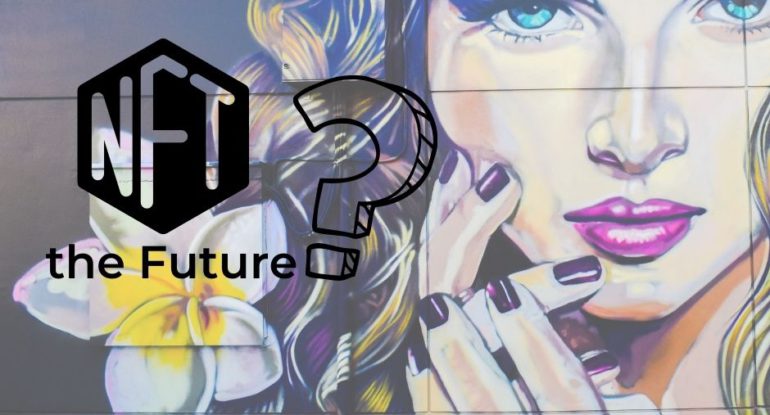Is NFT The Future Of Digital Art World

The digital art world has evolved to include realistic digital avatars and novel approaches to digital ownership.
The newly emerging online economy has altered traditional methods to digital asset creation and ownership in form of digital art world. When a digital artist known as Beeple’s artwork was sold as an NFT, it made a huge splash in the crypto world. Since the $69 million in NFT sales in 2021, the breadth of NFT art has expanded dramatically. As a result, many NFT artists have come up with one-of-a-kind works that have fetched astronomical sums of money.
However, the media frenzy around the NFT art scene has sparked many questions that need to be addressed. Will NFT entirely transform the art world by moving every item of genuine art into the digital realm? How will art lovers and artists trust NFTs to serve as a representation of original work? In the next debate, we’ll see what the art world’s future holds for NFTs.
What Value Do NFTs Add to Digital Art World?
Non-fungible tokens, or NFTs, are a new type of token that can prove ownership of digital assets. The definition of NFTs is the first thing you should learn before learning “what is an NFT art.” Non-fungible tokens can be better understood in the context of art if you have a rudimentary understanding of them. The information regarding NFTs is stored on a blockchain, or shared ledger, which is maintained by thousands of computers worldwide.
Surprisingly, there are no restrictions on the types of assets that can be tokenized with NFTs. As a result, you won’t be able to tamper with ownership records of NFT art or any other NFT-based digital asset. For example, Twitter CEO Jack Dorsey’s first tweet was sold as an NFT for $2.9 million. On the other hand, the NBA has amassed almost $320 million from the sale of NFTs of basketball game highlights.
As you can see, NFTs offer the digital art world some good value advantages in the form of verifiable proof of ownership. Furthermore, the most expensive NFT art, which sold for $69 million, demonstrates the positive potential for the art industry using NFTs.
Also, read – Rags to Riches story of Brittany Pierre all through NFT marketplace
New Approaches of Digital Art World to Making and Collecting Art
Understanding how NFTs will generate a new breed of artists and art collectors is another critical component of identifying the future of NFT art. Younger people have demonstrated outstanding potential in using the NFT environment so far. Digital-native artists in the 12 to 15-year-old age range, for example, are successfully generating significant cash by selling digital artworks as NFTs.
Victor Langlois, better known by the name “FEWOCiOUS,” is one of the best examples of the new breed of NFT artists emerging presently. In June 2021, the 18-year-old transgender NFT artist sold five NFTs in collaboration with Christie’s for $2.16 million.
Aside from all the hoopla about a new generation of NFT artists, it’s equally crucial to identify a new generation of collectors for such assets. The biggest challenge for auction houses looking to enter the NFT market is determining what appeals to this new generation of collectors. In general, it’s tough to pinpoint what motivates purchasers to come to an NFT art site and shop. One of the most prevalent reasons customers purchase NFT artwork is to resell it for a significant profit.
In addition, some of them buy NFT artwork to use as status symbols on other social networking platforms. Because the bulk of NFT artwork customers pays with cryptocurrency, the sale of NFT for art galleries can benefit from virtual currency integrations. At the same time, auction houses and art galleries can profit from the opportunity to sell highly sought-after NFTs.



























































